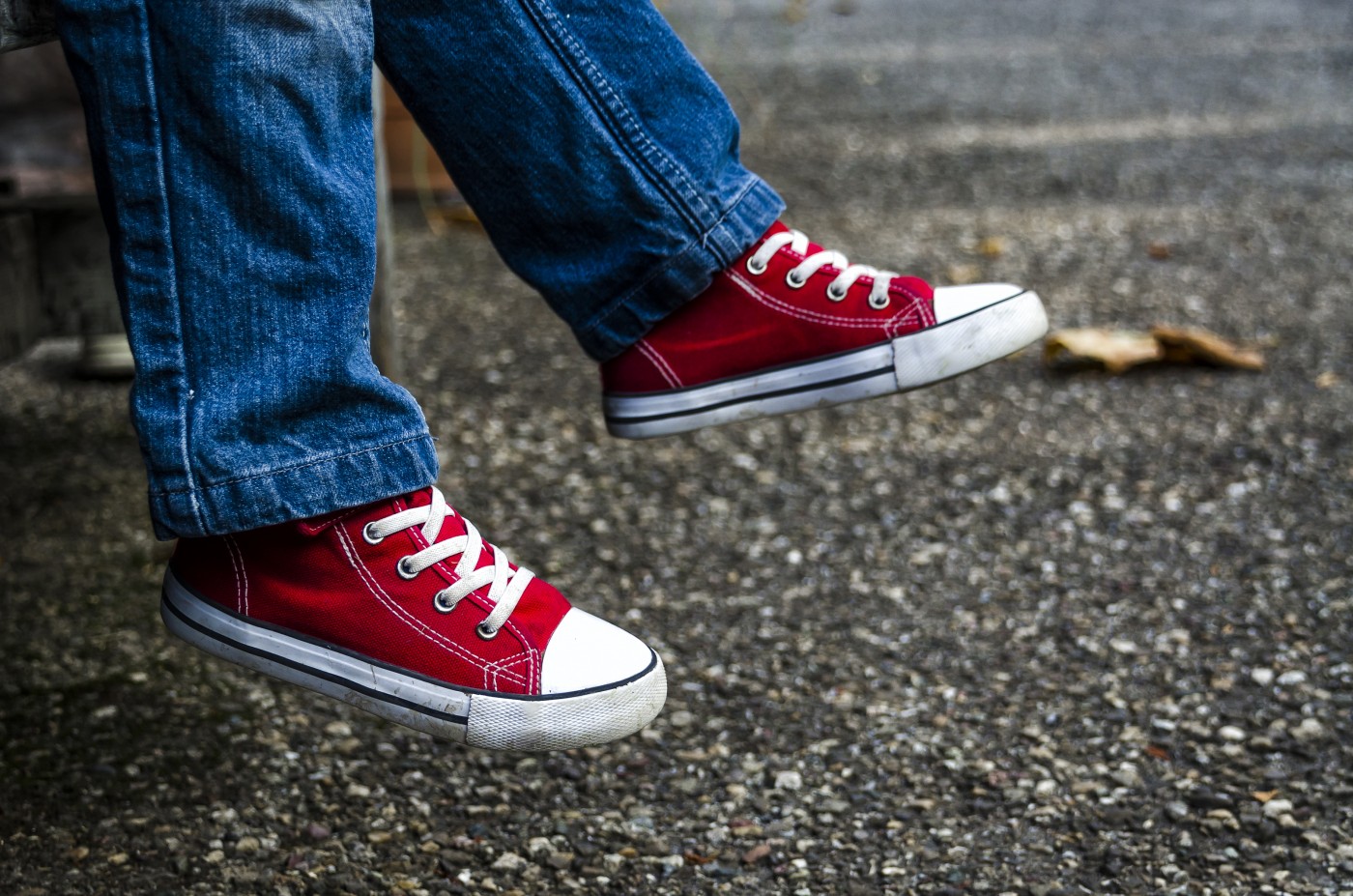Weight Gain in Children with CP Causes Increased Gait Difficulties

Children with spastic cerebral palsy (CP) are unable to adjust their gait when they gain weight, whereas typically developing (TD) children are able to compensate for the excess weight, according to researchers.
Results of a study titled, “Children with Spastic Cerebral Palsy Experience Difficulties Adjusting Their Gait Pattern to Weight Added to the Waist, While Typically Developing Children Do Not,” show that kids with CP exhibit negative effects when additional weight is added to their center of gravity. The research was published in the journal Frontiers in Human Neuroscience.
In recent decades, the U.S. has seen a dramatic increase in weight gain and obesity in children and adults. Children with cerebral palsy routinely undergo pre- and post-treatment gait assessments, and researchers aimed to find out whether weight gain could play a role in those results.
Thirty children with spastic CP ages 3 to 15 were recruited. The typically developing (TD) control group included 15 children who had no orthopedic or neurologic histories.
In obesity, weight gain will occur over time, but in children a “growth spurt” can occur. The scientists decided to use this approach as a first step, adding a belt equal to 10% of the child’s body weight just above the pelvis.
Gait was measured using 3D gait analysis (3DGA), and several parameters were included in analysis. Electromyography (EMG) data, used for measuring electrical impulses in muscle, was also collected.
The analysis revealed that TD children exhibited an overall increase in walking velocity, step and stride length, and a decrease in the duration of double leg support, while the opposite was found in kids with cerebral palsy in response to walking with the added weight.
Additionally, range of motion at the pelvis and hips, as well as angular velocities at the hip and ankle, increased in TD children. Again, these values did not change in CP children, and even decreased in some parameters.
“In fact, it appeared that TD [children] even overcompensated for the extra weight as their resulting gait was faster and more dynamic (reflected in increased kinetics),” researchers wrote. “In contrast, [children with] CP walked slower, with smaller step lengths and ranges of joint motion, and decreased moments and powers.”
EMG amplitude in calf muscles increased in TD children, while it decreased slightly in CP children, suggesting to researchers “that in CP the muscles failed to successfully increase their force output during weighted walking.”
“Specialists in clinical gait analysis should take into account the negative effects of increased weight during pre–post measurements to avoid misinterpretation of treatment results,” the team concluded. “Overweight and obesity in CP [children] should be counteracted or prevented as the increased weight has detrimental effects on their gait pattern (and other health issues).”


